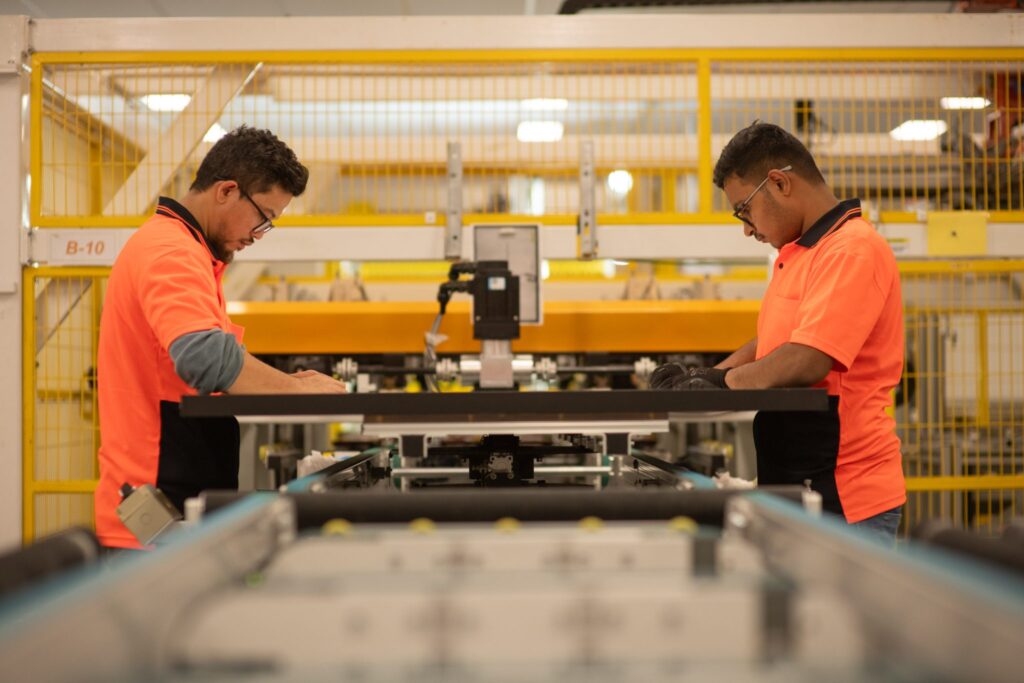Government funding will see a massive increase in production for Australia’s only solar panel manufacturer.
Tindo Solar has secured $34.5 million in funding through the Albanese Government’s $1 billion Solar Sunshot program to significantly expand its Adelaide operations.
The grant, administered by the Australian Renewable Energy Agency (ARENA), will allow Tindo to boost its annual production capacity ninefold – from 20MW to 180MW – at its Mawson Lakes factory.
The funding includes a Manufacturing Production Credit (MPC) and a capital grant, with a portion allocated to a feasibility study for a potential 1GW “gigafactory” producing solar modules at industrial scale.
The expansion is expected to create 50 new jobs and offer multiple traineeships, with the facility’s upgrade aiming to lower costs and support domestic manufacturing across the solar PV supply chain.
Initially, Tindo will focus on sourcing local aluminium frames and junction boxes, with plans to broaden local content across other key components.
Tindo CEO Richard Petterson said the MPC will enable the company to scale competitively.
“The Solar Sunshot support means we can lower our prices while maintaining our quality, which quadruples our addressable market and makes Tindo solar panels available to more consumers,” he said.
“The government’s Solar Sunshot support means Australian manufacturing can play a meaningful part in the national energy transition.”
Founded in 2011, Tindo’s 410W Karra module recently topped a CHOICE comparison of 15 panels for meeting or exceeding its nameplate output. The panels are cyclone-rated and backed by a 25-year product warranty.
Tindo is the second recipient of Solar Sunshot funding, following the $46 million granted to 5B earlier this year.
Other supported initiatives include polysilicon feasibility studies by Solquartz, Energus, and wafering investigations by Stellar PV, all aimed at building an end-to-end Australian solar supply chain.
ARENA’s backing is part of a broader push to re-establish solar manufacturing onshore and reduce reliance on imported components, as Australia targets a 2050 grid with around 50 per cent solar PV generation.


